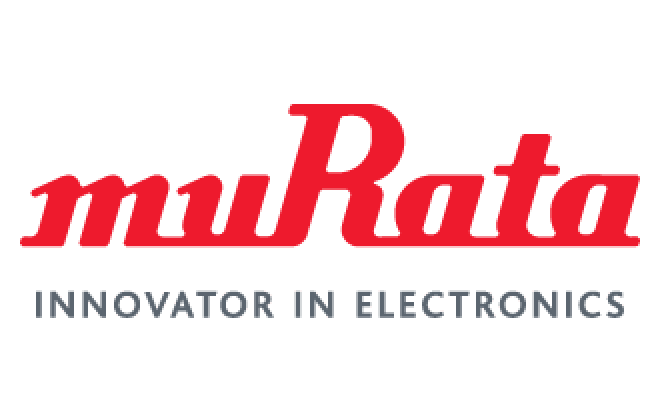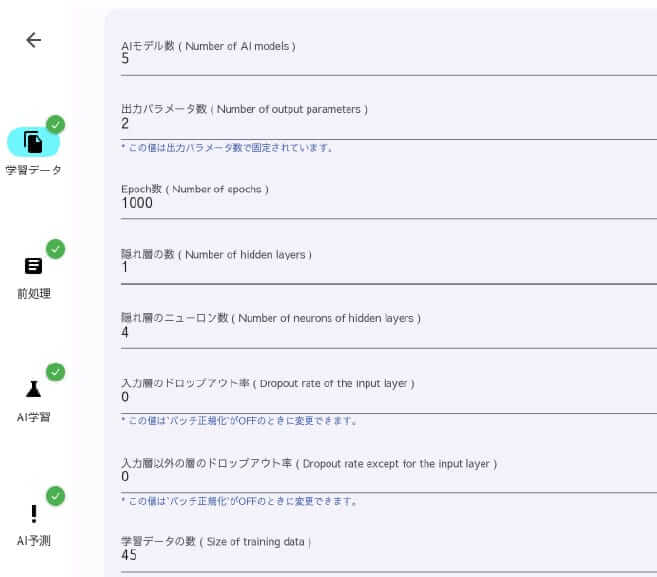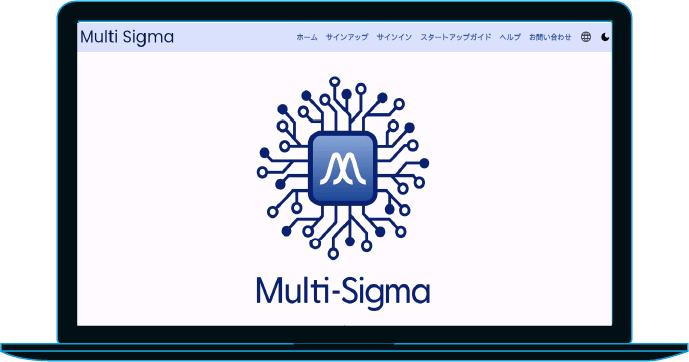Multi-SigmaBlog
We publish articles with information about Multi-Sigma updates and tips on how to utilize it effectively.
- The Future of Preparedness:How AI-Powered Multi-Sigma® Predicts the Threat of Tsunamis
- Unlocking the Best Wake-Up with multiple AI: Optimizing Sleep Conditions through Multi-Sigma® AI Chain Analysis
- Using AI to Predict Global Warming Potential for Sustainable Refrigerant Design
- Driving Innovation with AI Chain Analysis: Integrating Experimental Data for High-Performance MOF Development
- Dimensionality Reduction (1): Principal Component Analysis
- Monte Carlo Simulation using AI
- [Efficient Condition Exploration] Bayesian Optimization using Multi-Sigma
- Virtual Experiments Using AI Chain Analysis to Support the Modularization and Systematization of Production Processes
- Multi-Sigma: Simultaneously predicting multiple outputs and performing multi-objective optimization through inverse analysis.
- Multi-Sigma development story




























